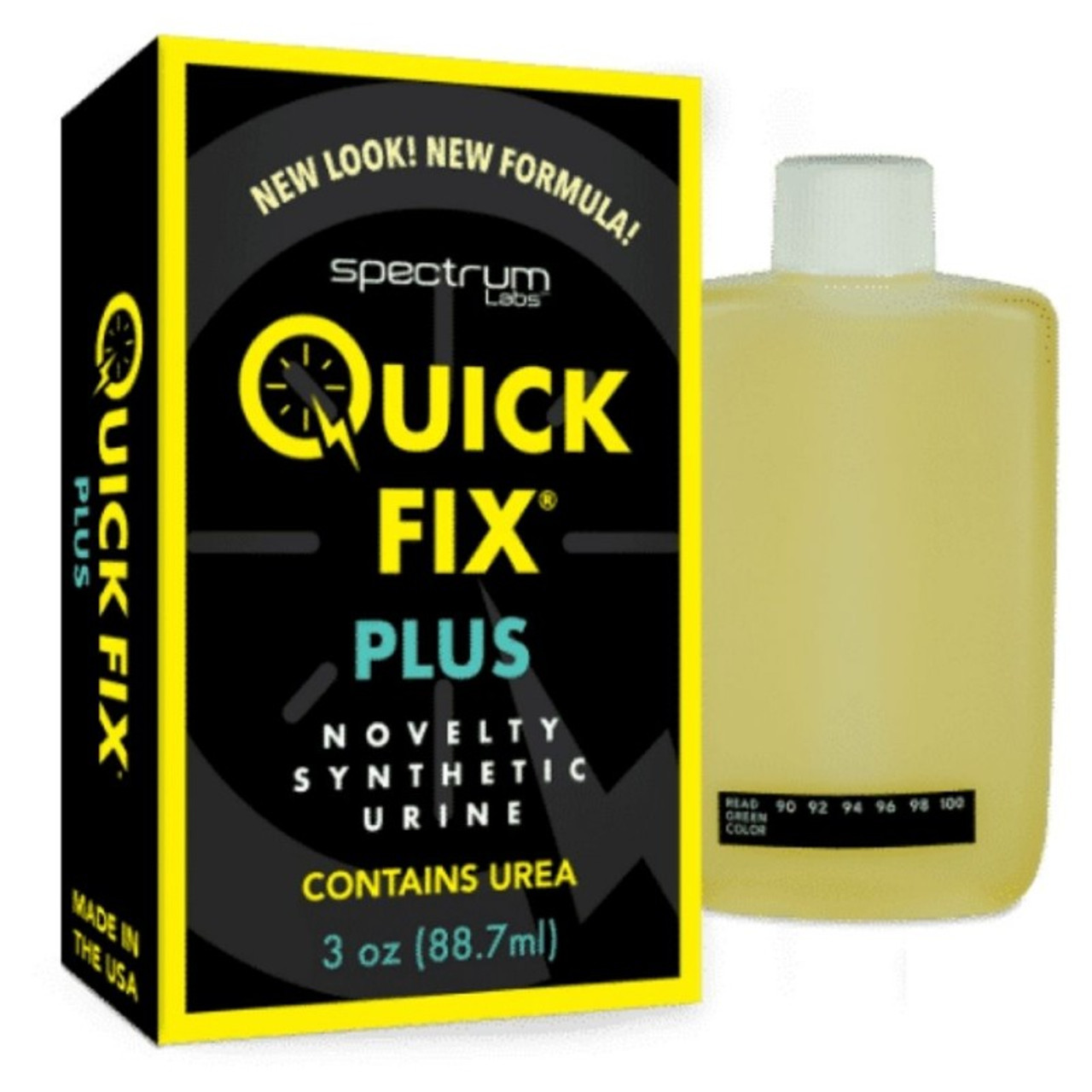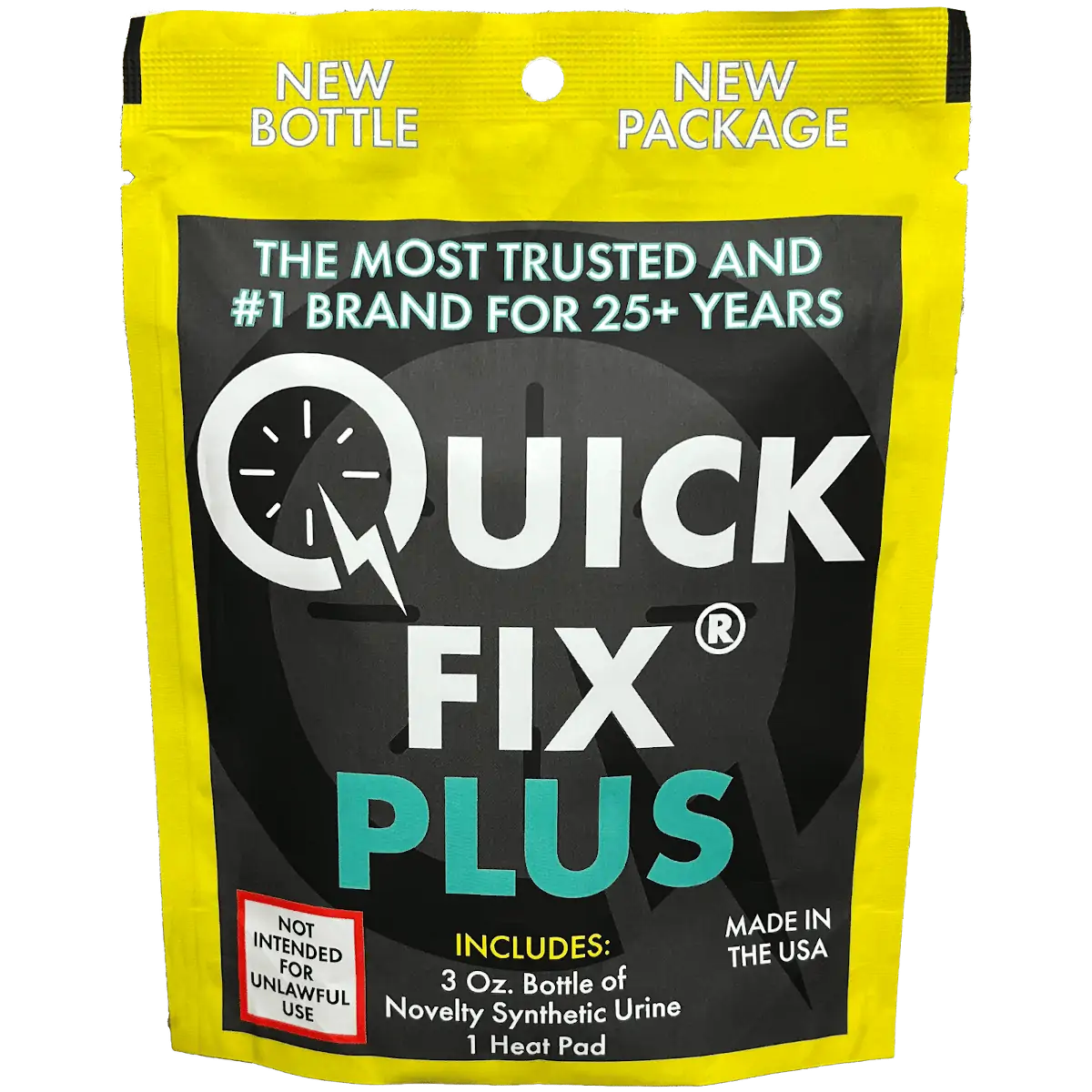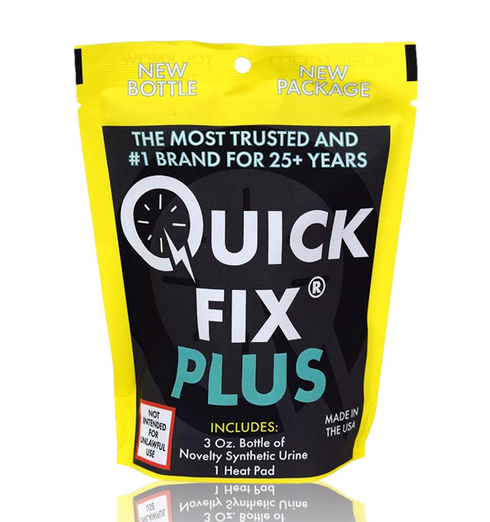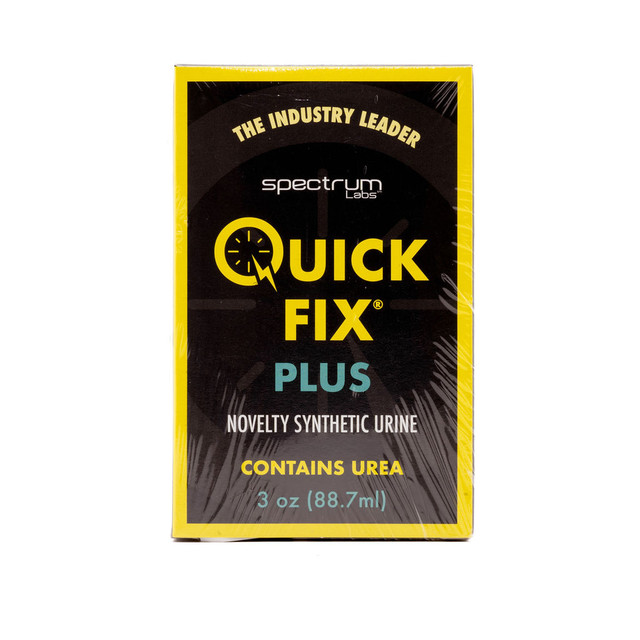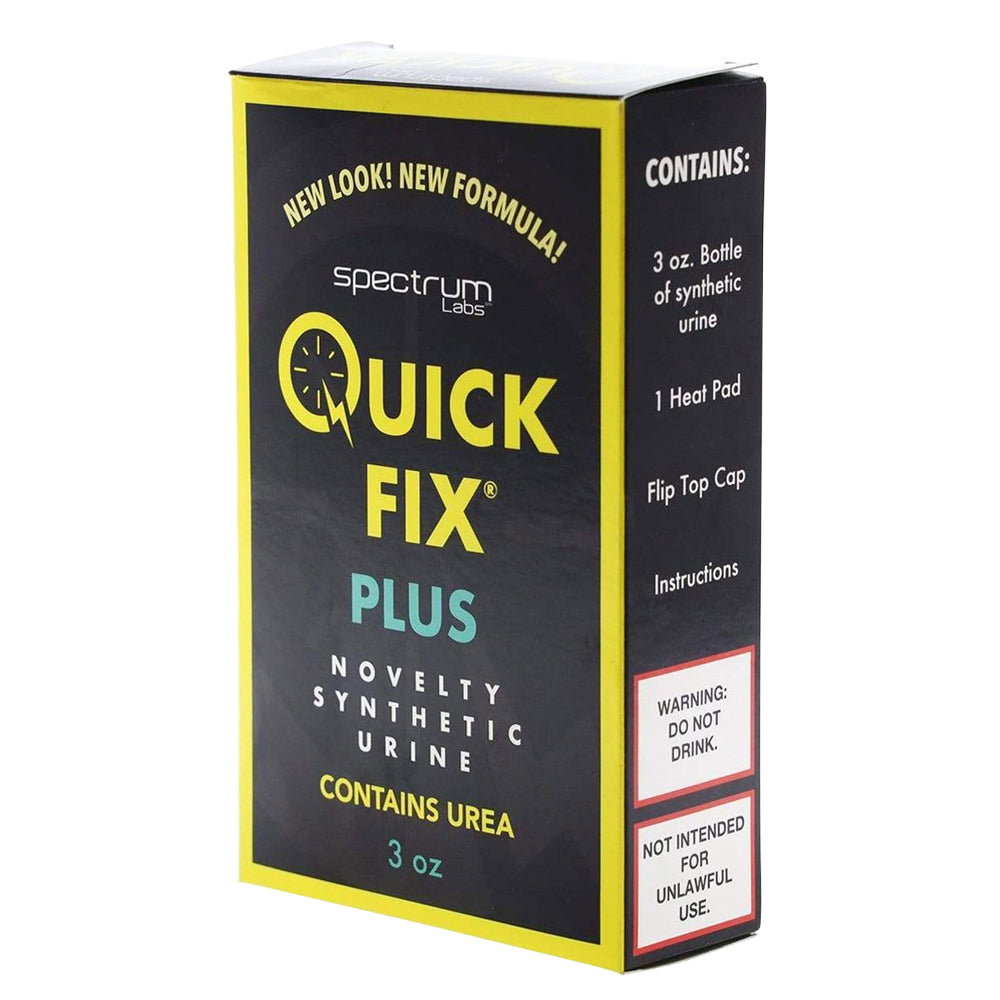Quick Fix Vs Quick Fix Plus

Imagine a world where passing a drug test feels less like navigating a legal minefield and more like a minor inconvenience. For many, that world exists, thanks to synthetic urine products like Quick Fix and Quick Fix Plus. These lifesavers offer a potential solution to a very real problem, but choosing the right one can be tricky.
This article delves into the heart of the Quick Fix versus Quick Fix Plus debate, exploring their similarities, differences, and ultimately, which one might be the right choice for you. We'll unpack their composition, usage, and legality, offering clarity in a landscape often shrouded in confusion and misinformation.
The Rise of Synthetic Urine
The need for synthetic urine products arose from the increasing prevalence of drug testing in various sectors, from employment to probation. These tests, designed to ensure safety and compliance, inadvertently created a market for products that could help individuals navigate these screenings successfully.
Quick Fix, manufactured by Spectrum Labs, emerged as a leading brand in this industry, providing a readily available and, according to many users, reliable solution.
What is Quick Fix?
Quick Fix is a pre-mixed synthetic urine designed to mimic the chemical properties of human urine. It contains essential components like urea, creatinine, and certain salts, all formulated to fall within the normal ranges expected in a urine sample.
The product comes in a small bottle with a temperature strip and a heating pad to ensure it's delivered at the correct temperature, a critical factor for passing most drug tests.
And What About Quick Fix Plus?
Quick Fix Plus is essentially an upgraded version of the original Quick Fix. The key difference lies in its larger volume and purportedly broader spectrum of substance detection it can bypass.
While the exact formulation remains proprietary, the makers claim it's more resistant to detection in advanced laboratory settings. It typically comes in a larger, 3oz bottle, compared to the 2oz size of the original Quick Fix.
Decoding the Differences
The primary distinction between Quick Fix and Quick Fix Plus lies in their volume and claimed effectiveness against more sophisticated drug tests. The "Plus" version is marketed as being better equipped to handle tests that specifically look for synthetic urine.
Here's a breakdown of the key differences:
- Volume: Quick Fix is typically 2oz, while Quick Fix Plus is 3oz.
- Formulation: While both contain urea, creatinine, and other essential components, Quick Fix Plus is claimed to have a more advanced formula.
- Price: Quick Fix Plus is generally more expensive than the standard Quick Fix.
- Intended Use: Quick Fix Plus is often recommended for more rigorous or advanced drug tests.
Choosing between the two often depends on the type of test you anticipate facing. If you're unsure, Quick Fix Plus might offer a greater sense of security, albeit at a higher cost.
The User Experience: A Balancing Act
User reviews of both products are generally positive, with many individuals reporting successful outcomes. However, it's essential to acknowledge that no product is foolproof.
The success of Quick Fix or Quick Fix Plus hinges on proper preparation and adherence to the instructions. Incorrect heating, storage, or delivery can compromise the sample and lead to a failed test.
It's also crucial to purchase these products from reputable sources to avoid counterfeit or expired versions that may not be effective. Always check the batch number and expiration date before use.
Legality and Ethical Considerations
The legality of synthetic urine varies by jurisdiction. Some states have explicitly banned the sale or use of synthetic urine for the purpose of defrauding drug tests, while others have no specific laws in place.
From an ethical standpoint, using synthetic urine raises questions about honesty and transparency. Individuals must weigh their personal values against the potential consequences of failing a drug test.
It is the user's responsibility to be aware of and comply with all applicable laws and regulations regarding the use of synthetic urine.
Beyond the Quick Fix: Alternatives and Considerations
While synthetic urine offers a potential solution, it's important to explore other options, such as detoxification programs or advocating for fairer drug testing policies. These approaches address the root cause of the problem rather than simply masking the symptoms.
Furthermore, it's worth considering whether the potential risks associated with using synthetic urine outweigh the benefits. A failed test could have serious repercussions, but so could getting caught using a fraudulent sample.
It's about weighing all options and figuring out what aligns with you.
What do the Experts Say?
While explicit endorsements from official sources are rare, some experts in toxicology and employment law have commented on the rise of synthetic urine. Their insights often emphasize the importance of accurate and reliable drug testing methods.
Many argue that laboratories should invest in more sophisticated testing techniques that can detect synthetic urine with greater certainty. This would help ensure the integrity of the testing process and deter individuals from attempting to circumvent the system.
Making an Informed Decision
Ultimately, the decision to use Quick Fix or Quick Fix Plus is a personal one. It requires careful consideration of the potential benefits, risks, and legal implications.
Before making a choice, research the specific drug testing policies in your situation and consult with legal or medical professionals if necessary. Knowledge is power, and an informed decision is always the best decision.
The Future of Drug Testing
The ongoing cat-and-mouse game between synthetic urine manufacturers and drug testing laboratories suggests that the future of drug testing will likely involve increasingly sophisticated detection methods. As labs develop new ways to identify synthetic samples, manufacturers will respond by refining their products.
This arms race could lead to more accurate and reliable drug testing, but it could also create a more complex and challenging landscape for individuals seeking to navigate these screenings.
Perhaps, in the future, the focus will shift from punitive measures to more supportive approaches that prioritize treatment and rehabilitation over punishment. Until then, products like Quick Fix and Quick Fix Plus will likely continue to play a significant role in the lives of many.
Conclusion: A Matter of Choice
Quick Fix and Quick Fix Plus offer a temporary solution to a complex problem. They provide a potential means of navigating drug tests, but their use comes with inherent risks and ethical considerations.
The choice of whether to use these products is a personal one, and it should be made with careful deliberation and a thorough understanding of the potential consequences.
Whether you opt for a "quick fix" or explore alternative solutions, remember that knowledge, responsibility, and integrity are your most valuable assets.

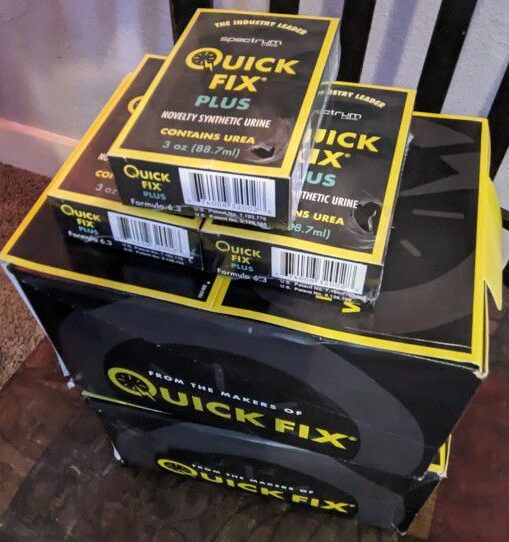
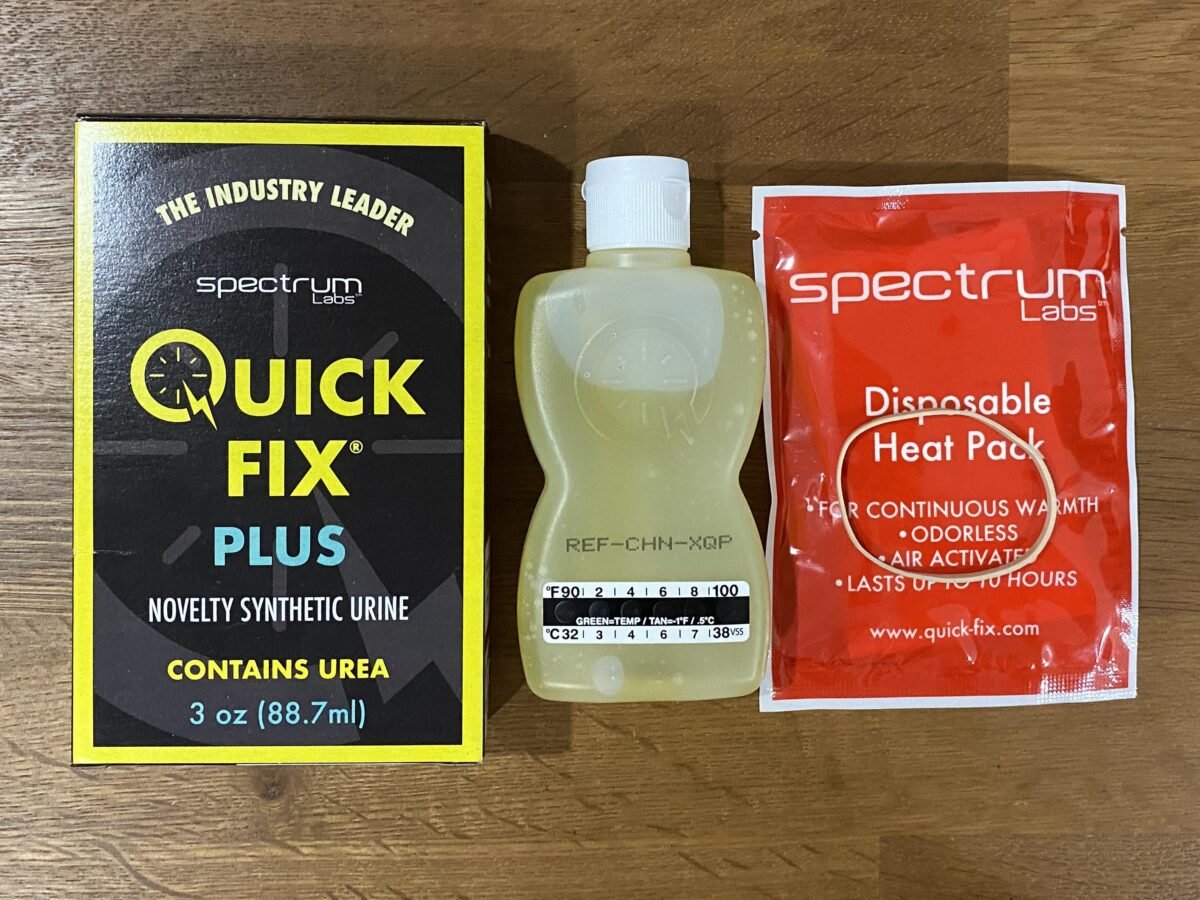

![Quick Fix Vs Quick Fix Plus Quick Fix Plus 3oz Value Pack [Buy 3 Get 1 Free] - QuickFixSynthetic](https://www.quickfixsynthetic.com/wp-content/uploads/2020/03/Spectrum-Labs-QuickFix-Plus-3oz-Synthetic-Urine-Buy-3-Get-1-Free-scaled.jpg)
![Quick Fix Vs Quick Fix Plus Quick Fix Plus 3oz Value Pack [4] Complete Kits - QuickFixSynthetic](https://i0.wp.com/syntheticurine.org/wp-content/uploads/2022/10/Quickfix-Plus-QuickfixSynthetic-Opened.jpg)




